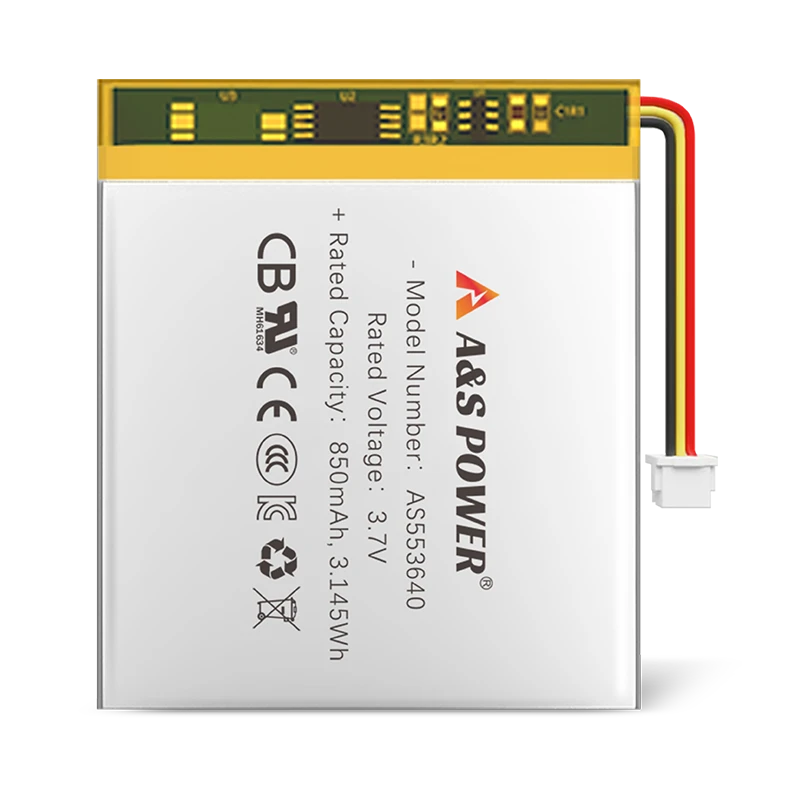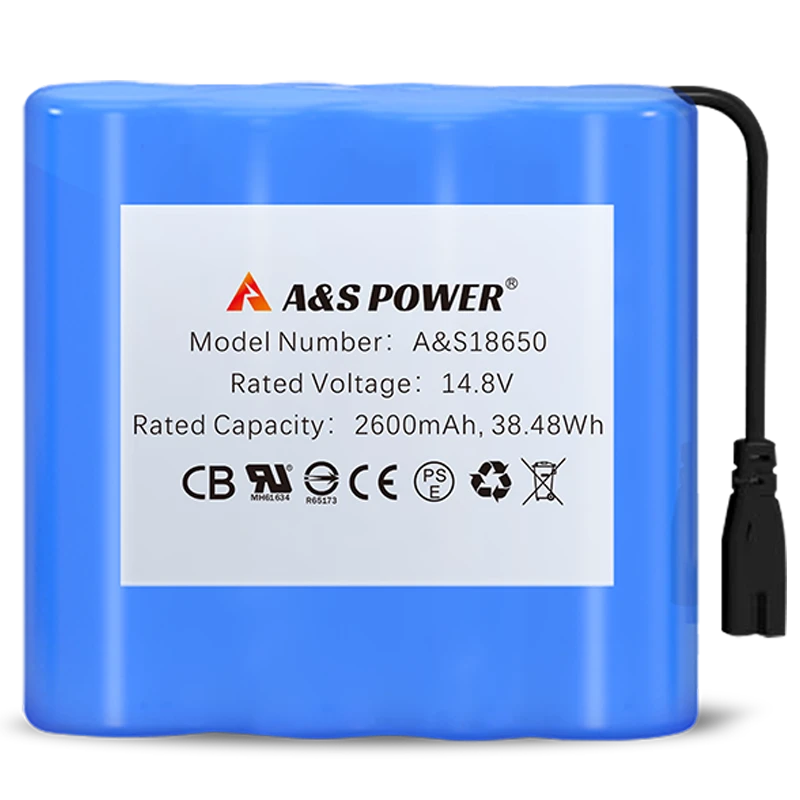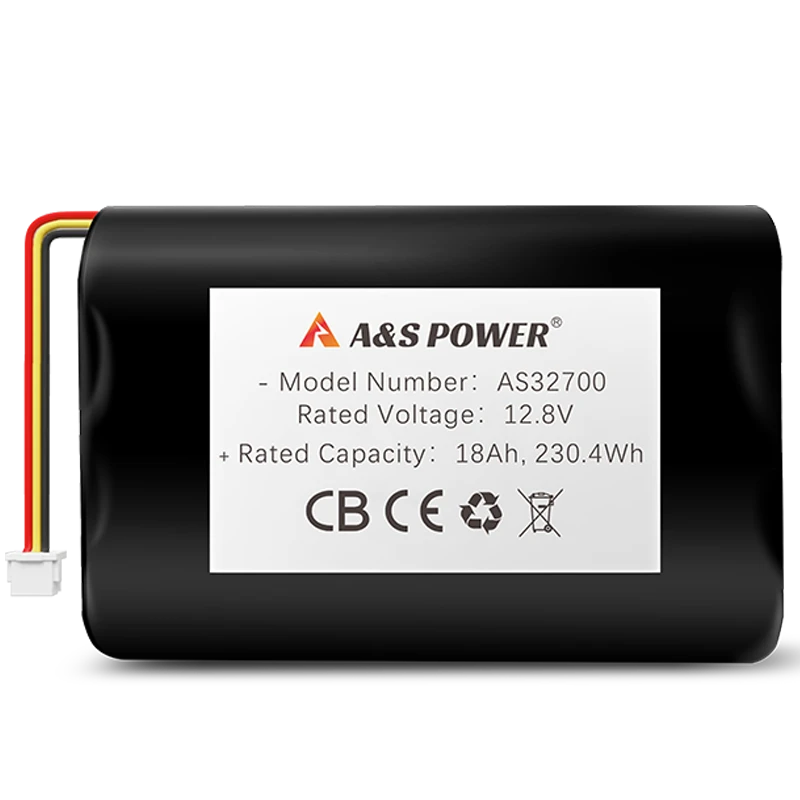A new material for the battery of the future
A New Material for the Battery of the Future
The global energy storage industry is standing on the verge of a transformative revolution, driven by the relentless pursuit of higher performance, enhanced safety, and greater sustainability in battery technology. Among the myriad of innovations capturing the attention of researchers, manufacturers, and investors worldwide, silicon anode materials have emerged as a particularly promising candidate, heralding a new era for next-generation lithium-ion batteries. With a theoretical capacity nearly ten times greater than traditional graphite anodes—approximately 4200 mAh/g compared to a mere 372 mAh/g—silicon-based anodes offer the potential to significantly extend the energy density, longevity, and efficiency of batteries across various applications3. This breakthrough is especially critical as the world accelerates its transition to electric vehicles (EVs), renewable energy integration, and advanced consumer electronics, all of which demand more robust and reliable energy storage solutions. The global battery silicon anode material market, valued at USD 655 million in 2024, is projected to reach an astonishing USD 8,515 million by 2032, exhibiting a remarkable compound annual growth rate (CAGR) of 45.4% during the forecast period3. Such explosive growth is primarily fueled by the urgent need for high-performance batteries that can support the escalating demands of modern technology while adhering to increasingly stringent environmental regulations. As industries and governments alike prioritize decarbonization and energy independence, silicon anode materials represent not just an incremental improvement but a fundamental shift in the energy storage paradigm, promising to unlock new possibilities for innovation and sustainability.
Technological Advancements and Performance Benefits of Silicon Anode Materials
Superior Energy Density and Enhanced Charging Capabilities
The primary advantage of silicon anode materials lies in their exceptional energy storage capacity, which fundamentally transforms the performance parameters of lithium-ion batteries. Traditional graphite anodes have long served as the industry standard due to their reliability and relatively low cost, but they are increasingly becoming a bottleneck for further advancements in battery technology. Silicon, by contrast, offers a theoretical capacity of 4200 mAh/g, which is nearly an order of magnitude higher than that of graphite, enabling batteries to store more energy in the same volume or weight3. This characteristic is particularly crucial for electric vehicles, where extending the driving range without increasing the battery size is a key priority for manufacturers seeking to alleviate consumer range anxiety. Major battery producers are already incorporating silicon into their anode designs, with some next-generation batteries achieving 20-40% higher energy density compared to conventional graphite-based cells3. Additionally, silicon anodes facilitate faster charging times due to their superior lithium-ion diffusion kinetics, addressing one of the most significant pain points for EV users and consumer electronics enthusiasts alike. The integration of silicon into anode structures also allows for more efficient use of space within the battery cell, leading to compact designs that do not compromise on performance, thereby enabling sleeker and more lightweight end products without sacrificing battery life or power.
Overcoming Historical Challenges through Nanostructure Engineering
Despite its impressive theoretical benefits, silicon has historically faced significant practical challenges that hindered its widespread adoption, most notably the issue of volume expansion during lithiation. Silicon particles can expand by up to 300% when they absorb lithium ions, causing mechanical stress, particle pulverization, and loss of electrical contact within the electrode structure, which ultimately leads to rapid capacity degradation and battery failure3. However, recent advancements in nanotechnology and materials science have successfully mitigated these problems through innovative engineering solutions. Researchers and manufacturers have developed porous silicon architectures, core-shell structures, and advanced binders that accommodate volume changes while maintaining structural integrity over extended cycle life. These breakthroughs have demonstrated cycle life improvements exceeding 1000 cycles with minimal capacity degradation, making silicon anode batteries viable for long-term applications such as electric vehicles and grid storage3. Industry leaders have commercialized silicon-dominant anodes with initial capacities reaching 1500 mAh/g, representing a fourfold improvement over conventional graphite, while also leveraging cutting-edge techniques like chemical vapor deposition (CVD) to create stable silicon-carbon composites that enhance durability and conductivity2. The continuous refinement of these nanostructures is paving the way for even greater performance enhancements, ensuring that silicon anode batteries can meet the rigorous demands of various industries while maintaining reliability and safety.
Market Dynamics and Growth Trajectory for Silicon Anode Batteries
Current Market Valuation and Future Projections
The global market for silicon anode materials is experiencing unprecedented growth, driven by surging demand from the electric vehicle, consumer electronics, and energy storage sectors. According to recent industry reports, the market was valued at USD 655 million in 2024 and is projected to reach USD 8,515 million by 2032, reflecting a staggering CAGR of 45.4% over the forecast period3. This growth trajectory underscores the critical role that silicon anodes are expected to play in the future of energy storage, as manufacturers seek to overcome the limitations of traditional graphite-based batteries. The automotive sector alone accounts for approximately 85% of the demand for silicon anode materials, as EV manufacturers prioritize extended driving ranges and faster charging capabilities to gain a competitive edge in the rapidly expanding electric mobility market3. Consumer electronics, including smartphones, laptops, and wearable devices, represent another significant application area, where the need for higher energy density and thinner form factors is perpetually driving innovation. Additionally, the energy storage sector is increasingly adopting silicon anode batteries to enhance the efficiency and reliability of grid-scale and residential storage systems, supporting the integration of renewable energy sources like solar and wind power. The following table illustrates the projected market growth for silicon anode materials across key application segments:
| Application Segment | 2024 Market Value (USD Million) | 2032 Projected Market Value (USD Million) | CAGR (2024-2032) | Primary Growth Drivers |
|---|---|---|---|---|
| Electric Vehicles | 556.75 | 7,237.75 | 45.4% | Range extension, fast charging, regulatory support |
| Consumer Electronics | 65.5 | 851.5 | 45.4% | Miniaturization, higher battery life, premium devices |
| Energy Storage Systems | 32.75 | 425.75 | 45.4% | Renewable integration, grid stability, cost reduction |
| Others | 0.0 | 0.0 | 45.4% | Emerging applications (e.g., drones, medical devices) |
Regional Insights and Competitive Landscape
The market for silicon anode materials is truly global, with significant production and consumption activities concentrated in Asia-Pacific, North America, and Europe. China currently dominates the global supply chain, producing 54% of the world's silicon anode materials, thanks to its robust manufacturing infrastructure, supportive government policies, and strong presence of leading battery manufacturers3. Key players such as BTR, Shin-Etsu Chemical, and Daejoo Electronic Materials collectively hold an 85% share of the market, leveraging their technological expertise and extensive production capabilities to meet the growing demand3. In North America and Europe, increasing investments in domestic battery production and renewable energy initiatives are driving the adoption of silicon anode technologies, with governments implementing policies like the Inflation Reduction Act in the United States and the European Union's Battery Passport initiative to promote advanced battery materials and sustainable sourcing practices3. Japan and South Korea also play pivotal roles in the ecosystem, with companies like Resonac and POSCO Chemical actively developing and commercializing innovative silicon anode solutions to cater to the high-performance requirements of their automotive and electronics industries5. This diverse and dynamic competitive landscape ensures continuous innovation and cost reduction, making silicon anode batteries increasingly accessible and affordable for a broad range of applications across different regions.
Industrial Applications and Future Prospects for Silicon Anode Batteries
Revolutionizing the Electric Vehicle Industry
The electric vehicle industry stands to benefit immensely from the widespread adoption of silicon anode batteries, as these advanced power sources address two of the most critical challenges facing EV manufacturers: range limitation and charging time. With silicon anodes enabling energy densities that are 20-40% higher than those achievable with graphite-based batteries, EVs can travel significantly longer distances on a single charge, effectively alleviating the range anxiety that still deter many potential buyers from making the switch to electric mobility3. Major automakers are already incorporating silicon anode technology into their flagship models, with targets to achieve ranges exceeding 500 miles per charge, thereby setting new benchmarks for performance and convenience in the EV market3. Moreover, the superior charging kinetics of silicon anodes allow for ultra-fast charging capabilities, reducing the time required to recharge an EV battery from hours to minutes, which is essential for enhancing the practicality and appeal of electric vehicles for everyday use and long-distance travel. Beyond passenger cars, silicon anode batteries are also finding applications in electric buses, trucks, and even two-wheelers, where their high energy density and durability contribute to improved operational efficiency and lower total cost of ownership. As the EV market continues to expand, with projected annual sales exceeding 40 million units by 2030, the demand for silicon anode materials is expected to grow correspondingly, solidifying their position as a cornerstone of the electric transportation revolution3.
Transforming Consumer Electronics and Emerging Applications
In the consumer electronics sector, silicon anode batteries are poised to redefine the user experience by enabling thinner, lighter, and more powerful devices with longer battery life. Smartphones, tablets, laptops, and wearable devices are increasingly constrained by their battery capacity, which often limits functionality and design innovation. Silicon anodes offer a compelling solution to this challenge by providing higher energy density without increasing the physical size of the battery, allowing manufacturers to create sleeker and more compact products while extending usage time between charges2. This is particularly important for power-hungry applications like 5G connectivity, augmented reality, and high-resolution displays, which demand more efficient energy storage solutions to deliver their full potential. Beyond traditional consumer electronics, silicon anode batteries are also unlocking new possibilities in emerging fields such as electric vertical takeoff and landing (eVTOL) aircraft, drones, and robotics, where their combination of high power output, lightweight design, and reliability is essential for safe and effective operation26. The versatility and performance advantages of silicon anode technology make it a key enabler for the next wave of technological innovation, supporting the development of advanced devices and systems that were previously limited by the capabilities of conventional batteries.
Challenges and Future Directions in Silicon Anode Commercialization
Addressing Production Costs and Supply Chain Constraints
Despite the promising prospects of silicon anode batteries, several challenges must be overcome to ensure their widespread commercialization and adoption. One of the most significant hurdles is the higher production cost associated with silicon-based materials compared to traditional graphite anodes. The current manufacturing processes for silicon anodes, particularly those involving nanostructured silicon and advanced composites, are more complex and energy-intensive, leading to higher upfront expenses that are ultimately passed on to consumers3. However, ongoing research and development efforts are focused on optimizing these processes and achieving economies of scale to reduce costs over time. Innovations in raw material sourcing, such as the use of low-cost silicon feedstocks and efficient recycling methods, are also contributing to cost reduction initiatives3. Additionally, the supply chain for high-purity silicon and related materials needs to be scaled up to meet the anticipated demand, requiring significant investments in production capacity and logistics infrastructure. Companies are addressing these constraints by forming strategic partnerships, securing long-term supply agreements, and investing in vertical integration to ensure a stable and cost-effective supply of critical materials5. As the industry matures and production volumes increase, the cost premium for silicon anode batteries is expected to diminish, making them more competitive with conventional batteries and accelerating their adoption across various applications.
Ensuring Sustainability and Environmental Compatibility
As with any emerging technology, the environmental impact of silicon anode batteries must be carefully considered to ensure their alignment with global sustainability goals. The production of silicon anodes involves energy-intensive processes and the use of certain chemicals that may pose environmental risks if not managed properly3. However, silicon itself is an abundant material, being the second most common element in the Earth's crust, which reduces concerns about resource scarcity and geopolitical dependencies that often plague other battery materials like cobalt and nickel3. Moreover, the enhanced energy efficiency and longer lifespan of silicon anode batteries contribute to a lower overall carbon footprint throughout their lifecycle, offsetting some of the environmental costs associated with their manufacturing. Recycling and end-of-life management are also critical aspects of the sustainability equation, with efforts underway to develop efficient processes for recovering valuable materials from spent silicon anode batteries and reintegrating them into the production cycle7. By adopting a circular economy approach and implementing robust environmental management practices, the industry can minimize the ecological impact of silicon anode batteries while maximizing their benefits for a sustainable energy future.
-

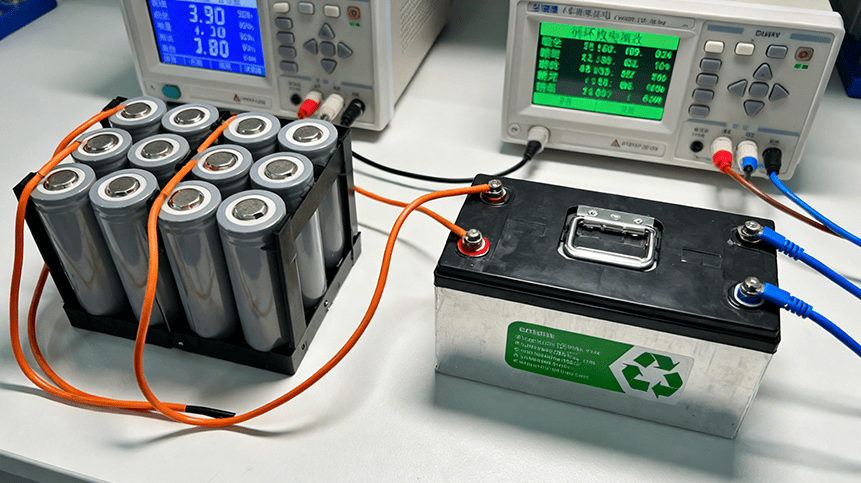 May.2025.11.24Ternary Lithium Battery vs Lithium-ion: Complete Comparison Guide (2025 Edition)Learn More
May.2025.11.24Ternary Lithium Battery vs Lithium-ion: Complete Comparison Guide (2025 Edition)Learn More -

 May.2025.11.214S2P 18650 14.8V Battery: Complete Technical Guide, Specs, Applications & SafetyLearn More
May.2025.11.214S2P 18650 14.8V Battery: Complete Technical Guide, Specs, Applications & SafetyLearn More -

 May.2025.11.18PCM vs BMS in Lithium Batteries: What’s the Difference and Which One Do You Need?Learn More
May.2025.11.18PCM vs BMS in Lithium Batteries: What’s the Difference and Which One Do You Need?Learn More -

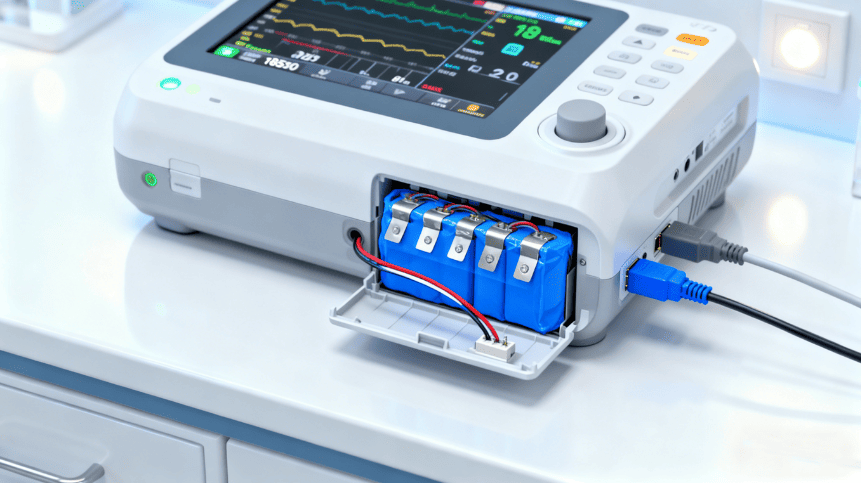 May.2025.11.17Custom Li-ion Battery Design for Medical Devices (2025 Comprehensive Guide)Learn More
May.2025.11.17Custom Li-ion Battery Design for Medical Devices (2025 Comprehensive Guide)Learn More -

 May.2025.11.17The Future of Lithium-Ion Batteries: Innovation, Sustainability, and Global Market TrendsLearn More
May.2025.11.17The Future of Lithium-Ion Batteries: Innovation, Sustainability, and Global Market TrendsLearn More




